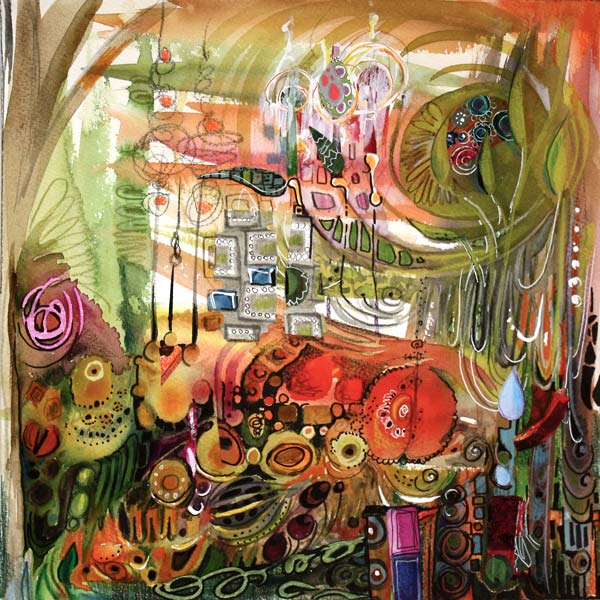Arts journalism, an often misunderstood field, plays a crucial role in shaping cultural discourse. From critiquing a new play to reviewing an artist’s retrospective, arts journalists are the intermediaries between creators and audiences. Their work fosters dialogue, inspires debate, and enhances appreciation for the arts. But what does it take to be an effective arts journalist?
The Art of Analysis
At its core, arts journalism is about analysis. It’s not enough to say that a performance was “good” or “bad.” An arts journalist must delve into the nuances—the themes, techniques, and cultural significance. For instance, a review of a ballet performance might explore how choreography, music, and set design converge to tell a story.
This analytical approach requires a deep understanding of the art form, as well as the ability to communicate complex ideas in an accessible manner. Arts journalists must also stay abreast of trends and historical contexts, providing readers with a richer perspective.
Balancing Critique and Sensitivity
Criticism, though essential, must be constructive. Artists invest their time, energy, and emotions into their work, and a scathing review can be disheartening. Good arts journalism strikes a balance, offering honest critiques while respecting the creator’s intent.
One notable example is the late Roger Ebert, whose film reviews were celebrated for their depth and fairness. Ebert’s ability to empathize with both the audience and the filmmaker made his critiques influential and enduring.
The Digital Shift
The digital age has democratized arts journalism. Blogs, YouTube channels, and social media platforms have given rise to a new generation of critics. While this has made arts journalism more accessible, it has also raised concerns about expertise and credibility. Striking a balance between inclusivity and professionalism is one of the field’s greatest challenges today.
Arts journalism is more than just reviews; it’s a celebration of creativity and culture. By critiquing and contextualizing art, it fosters a deeper understanding and appreciation, ensuring that the arts remain a vibrant part of our society.

